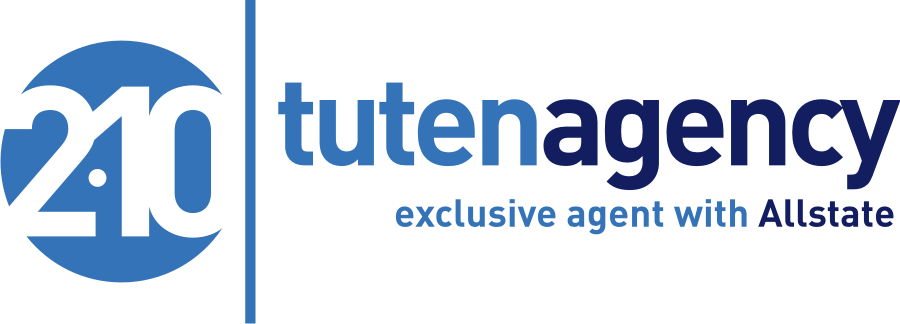Homeownership brings the joy of personalizing your space and the responsibility of protecting it. While homeowners insurance is a well-known safeguard for the primary dwelling, there’s a lesser-discussed but equally crucial component: other structures coverage. This facet of homeowners insurance extends protection beyond the main residence, covering damage to detached structures on your property, such as fences, garages, and gazebos, against a myriad of risks.
Other Structures Coverage
What Qualifies as ‘Other Structures’?
Typically, anything on your property that isn’t attached to your main home falls under the umbrella of other structures. Common examples include:
- Detached garages
- Fences
- In-ground swimming pools
- Gazebos
- Sheds
These structures are covered against the same perils as your home. If your policy protects your dwelling against theft, fire, falling objects, and vandalism, these protections extend to your other structures. However, it’s paramount to read your policy documents carefully to understand fully what risks are covered.
Coverage Limits Explained
Other structure’s coverage is generally determined as a percentage of your dwelling coverage. For instance, if your homeowner’s policy provides $300,000 in dwelling coverage, you might have around 10% of that amount, or $30,000, allocated for other structures. This proportional setup ensures a balanced coverage that aligns with the overall protection for your property.
As you enhance your property with new installations like a gazebo or an outdoor kitchen, reevaluating your other structures’ coverage becomes essential. These improvements can significantly increase the replacement cost of these structures, making it necessary to ensure your coverage limits are adequate to cover potential losses.
Personal Property Coverage: A Complementary Safeguard
Personal property coverage is a key component of homeowners insurance that provides protection for items stored within structures on your property. This coverage includes:
- Lawn equipment stored in your shed
- Tools kept in your garage
- Patio furniture in your gazebo
It helps safeguard these belongings from loss or damage, offering coverage regardless of their storage location on your property.
Adjusting Your Coverage to Fit Your Needs
The beauty of homeowners insurance lies in its flexibility. As your needs evolve—be it through acquiring new outdoor items or upgrading your detached structures—your policy can adapt. Adjusting your personal property coverage limits ensures that your possessions are adequately protected wherever they may reside on your property.
It’s also worth noting that while other structures and personal property coverages are robust, they’re not limitless. High-value items stored in detached structures may require additional coverage through scheduled personal property endorsements to protect their worth fully.
Navigating Your Policy with Expert Guidance
Understanding the intricacies of other structures and personal property coverages can be daunting. This is where your insurance provider becomes an invaluable resource. By reviewing your existing coverage together, you can identify gaps and tailor your policy to meet your unique needs, ensuring that every aspect of your property is comprehensively protected.
Key Takeaways
Other structures coverage is a vital part of homeowners insurance, protecting detached elements like garages and pools on your property. It ensures these structures are covered against risks similar to your main home, based on a percentage of your dwelling coverage.
Including personal property coverage safeguards items stored in these structures. Regularly reviewing and adjusting your coverage, especially after property enhancements, is crucial to maintaining comprehensive protection. Consulting with your insurance provider helps tailor your policy to your current needs, ensuring every part of your property is protected.
FAQs
How do I know if my other structures coverage is enough?
Evaluate the replacement cost of all detached structures on your property and compare it to your current other structures coverage limit. If the cost to rebuild these structures exceeds your coverage, consider increasing your limit.
Are other structures covered for liability?
Yes, if someone is injured in or around a detached structure on your property, your homeowner’s insurance liability coverage can help cover medical bills or legal expenses, similar to incidents within the main dwelling.
Can I exclude a structure from my policy to lower my premium?
Policies typically automatically cover all structures on your property. Removing specific structures from coverage is generally not possible, but you can adjust your overall coverage limits or deductibles to influence your premium.
Get the right coverage for your home with tutenagency
New tutenagency customers?
Quote homeowners insurance online or call (334) 502-5111 to insure your home.
Disclaimer: This content is for informational purposes only and should not be considered legal or financial advice. Always consult with qualified professionals in legal and financial fields before making any decisions.

